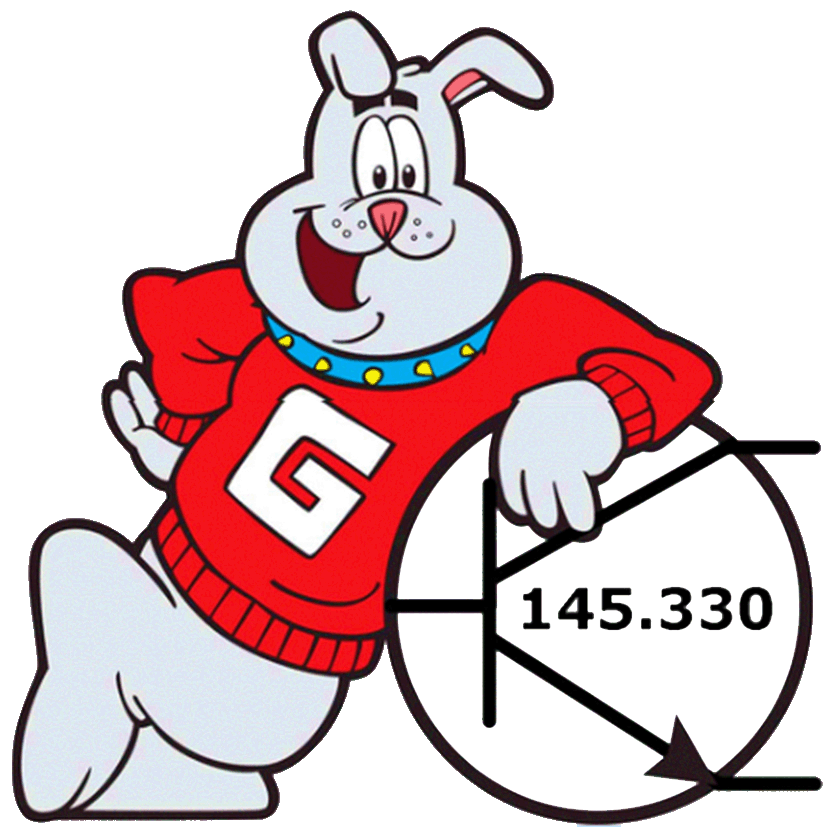A major question all new Amateur Radio operators ask is, "What radio should I buy? What antenna should I have? How do I connect the antenna to the radio?" — and more. There is no easy answer with so many options from different manufacturers, both new and used.
The American Radio Relay League, the national association of Amateur Radio, provides a series of pages to help guide new licensees in the selection of a radio. This will guide you through various questions to lead you to some general conclusions about your direction regarding equipment purchases. It may lead you to some communications areas you had not previously considered, such as satellite communications or computer-to-computer communications.
Probably the most beneficial is to ask other, more seasoned hams what they use or what they might recommend. If you ask six people, you'll probably get six different answers, bus ask why they use what they do. They'll probably be willing to show you what they have and demonstrate the equipment.
If you need help, ask. Hams are typically willing to lend a hand, helping to put up antennas and/or set up a new station, answering questions during the process, or pointing you to suitable resources.
More Details
Ham radio, also known as amateur radio, is a hobby enjoyed by millions of people worldwide. It allows individuals to communicate with one another using radio waves and a variety of different modes. If you are interested in ham radio, you have come to the right place! In this article, we will provide you with a beginner's guide to ham radio, including what it is, how to get started, and some tips to help you succeed in the hobby.
What is Ham Radio?
Ham radio is a type of radio communication that is used by amateur radio operators. These operators use radio waves to communicate with one another, typically using handheld radios or larger, more powerful equipment. Ham radio is a hobby that has been around for over a century, and it is still popular today. It is a way for people to connect with others from around the world, learn new skills, and participate in emergency communications.
How to Get Started in Ham Radio
Getting started in ham radio is relatively easy. The first step is to obtain a license from the Federal Communications Commission (FCC). The FCC issues three types of licenses: Technician, General, and Amateur Extra. Each license level provides different privileges, with Amateur Extra being the highest level.
To obtain a license, you must pass a written exam that tests your knowledge of radio regulations, operating procedures, and basic electronics. There are many resources available to help you prepare for the exam, including study guides, online courses, and practice tests.
Once you have obtained your license, you will need to purchase a radio and other equipment. There are many types of radios available, from handheld models to base stations. You will also need an antenna and other accessories, such as a power supply and coaxial cable.
Tips for Success in Ham Radio
If you are new to ham radio, there are several things you can do to ensure your success in the hobby. First, join a local ham radio club. This will give you the opportunity to meet other operators, learn new skills, and participate in events.
Second, participate in contests and other on-air events. This will help you improve your operating skills and make contacts with other operators from around the world.
Third, experiment with different modes of operation. Ham radio offers many different modes, including voice, digital, and Morse code. Trying out different modes will help you find what you enjoy most and expand your skills.
Finally, consider participating in emergency communications. Ham radio operators are often called upon to provide communications support during disasters and other emergencies. By participating in emergency communications, you can help your community and further develop your skills.
Conclusion
Ham radio is an exciting hobby that offers many opportunities to connect with others, learn new skills, and participate in emergency communications. By obtaining a license, purchasing equipment, and participating in events, you can become a successful ham radio operator. So, welcome to ham radio and have fun exploring the exciting world of radio communications!

